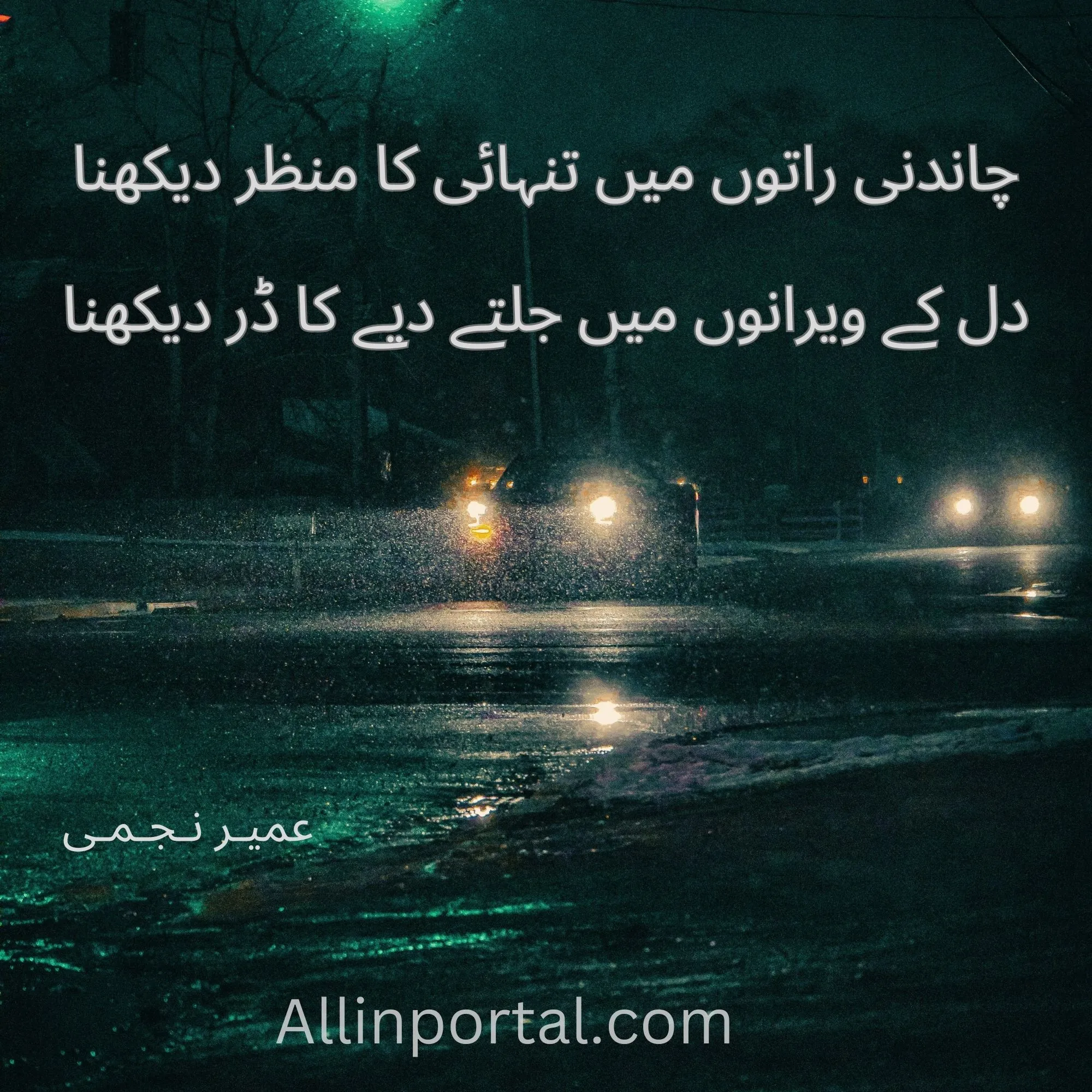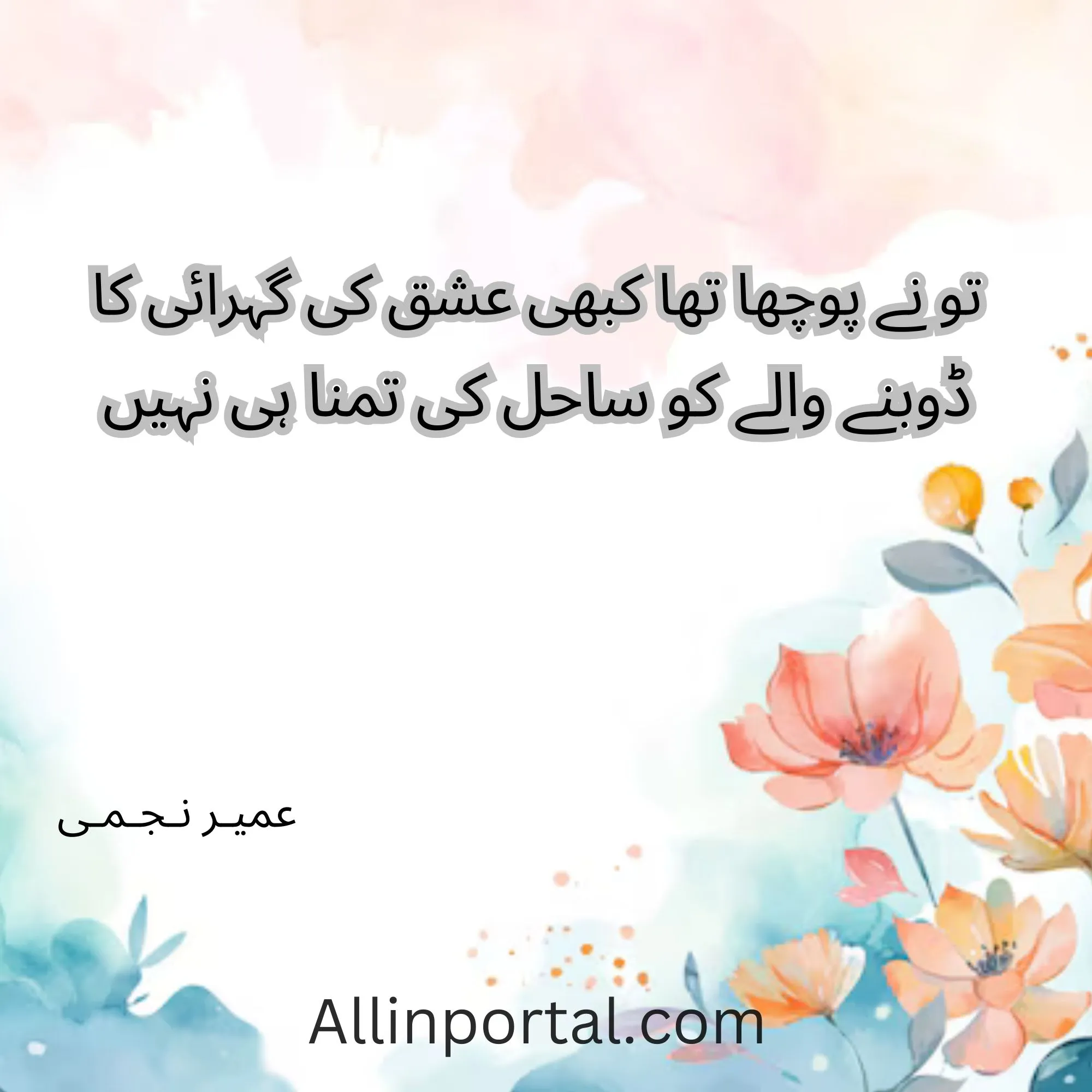
Table of Contents
12 Surprising Facts About the Language From Which We Get Pajama and khaki

Language From Which We Get Pajama and khaki
Did you know that your comfy pajamas and your everyday khaki pants trace their roots all the way to South Asia? That’s right! These are just two examples of how languages borrow, bend, and blend across cultures and centuries. But how exactly did these words end up in English?
Let’s take a fun and eye-opening journey into the Language From Which We Get Pajama and khaki explore how colonialism, culture, and creativity helped shape global English, and celebrate the power of shared language.
🔍 Discovering the Root Language
Which Language From Which We Get Pajama and khaki Come From?
Both words have roots in Hindi and Urdu, two widely spoken languages in the Indian subcontinent. These languages are deeply interconnected, borrowing heavily from Persian, which adds another historical layer to their etymology.
The Role of Colonial Influence in Word Borrowing
The British presence in India, particularly during the 18th and 19th centuries under the British Raj, led to a vast cultural exchange—especially in vocabulary. Words like “pajama” and “khaki” became part of British English, then traveled across the globe.
🛌 The Origins of “Pajama”
Meaning and Spelling Evolution
“Pajama” comes from the Hindi/Urdu word “pāyjāma” (पायजामा/پاجامہ)—a compound of pāy (leg) and jāma (garment). Originally, it referred to loose-fitting trousers tied at the waist, worn by both men and women.
How British Colonials Adopted the Word
British officers stationed in India found these trousers comfortable for sleepwear. Soon, “pajamas” became synonymous with nightwear, especially in the West.
Spread of the Term to the Western World
By the late 1800s, the word had firmly entered British and American English as “pajamas” (US) and “pyjamas” (UK), evolving from trousers to full sleep sets.
🪖 The Origins of “Khaki”
Military Use and Meaning
“Khaki” comes from the Urdu word “khākī” (خاکی), meaning dust-colored or earthy. Derived from the Persian word for soil (khāk), it described military uniforms meant to blend into the dusty terrain.
From Uniforms to Fashion Statements
First used by British Indian Army regiments, khaki uniforms offered camouflage and practicality. Today, “khakis” refer to casual beige or tan trousers, popular around the globe.
Literal Meaning in Native Language
In both Urdu and Hindi, “khaki” simply means “dust-colored.” But its military usage gave the word a new identity in the West.
🗣️ The Language Behind These Words
Hindi and Urdu: The Source Languages
While linguistically distinct, Hindi and Urdu share many words due to cultural and geographic overlap. Both absorbed Persian vocabulary, which enriched their lexicons—and in turn, English.
The Persian Influence in Both Terms
Words like “pāyjāma” and “khākī” are composite words, showing Persian structure within Hindi/Urdu expression. Persian served as a literary and administrative language in pre-colonial India.
Pronunciation and Transliteration Challenges
Words had to be adapted for English spelling and pronunciation, leading to variations like:
- Pāyjāma → Pajama/Pyjama
- Khākī → Khaki
🇮🇳 Colonialism and Language Exchange
The British Raj and Lexical Borrowing
As the British governed India, they picked up words from daily life. From food to clothing, local terms filled gaps in the British vocabulary for unfamiliar things.
How India Enriched the English Dictionary
Words like “pundit,” “guru,” “bungalow,” and “curry” are all borrowed from Indian languages. It’s a linguistic legacy of colonial history, with roots in everyday life.
📚 Other English Words from Hindi/Urdu
Shampoo, Bungalow, Jungle, and More
- Shampoo: From Hindi “chāmpo” (to knead/massage)
- Bungalow: From “banglā,” meaning Bengali-style house
- Jungle: From “jangal,” meaning forest
- Loot, thug, guru, karma—all from South Asia
Everyday English Infused with Indian Culture
Think about it—your shampoo, your house, even your pajamas all have Indian linguistic DNA. Amazing, right?
👖 The Cultural Significance of Language From Which We Get Pajama and khaki
From Sleepwear to Streetwear
Pajamas are no longer just for bed—they’re fashion statements, especially in silk or satin. Khakis? You’ll see them at job interviews, school, and even weddings.
Khakis in Modern Military and Casual Fashion
Today, khaki is a universal color and style. From runways to run-ins with fashion police, it’s everywhere—and it all started with dusty army boots in India.

🌐 Evolution of Language Through Trade and War
How Soldiers and Traders Brought Words Home
From East India Company merchants to returning soldiers, many brought back not just goods but words. English evolved every time someone crossed a border.
Influence of the East on Western Language
Globalization isn’t new—it started centuries ago with language. Pajama and khaki are living proof of East meets West.
💬 Why Words Travel: Linguistics 101
Loanwords vs. Borrowed Words
Loanwords stay close to the original (like “khaki”), while borrowed words evolve over time (like “pajama”).
Code-Switching and Cultural Blending
Languages aren’t static. People mix, match, and switch codes all the time—especially in bilingual regions like India.
🌏 How Globalization Preserves These Words
Use in Modern Marketing and Branding
Brands love “khaki” for its neutral appeal. Pajamas? Now a billion-dollar fashion category.
Popularity Across Borders
Whether it’s GAP khakis or silk pajamas in Paris, these words have global clout.
❌ Misconceptions About Word Origins
“Pajamas Are American” – Not Quite
Pajamas have Eastern roots. The American version is just the modern spin on an old South Asian tradition.
“Khaki is Just a Color” – It’s More Than That
Khaki started as a functional, military fabric before becoming a fashion staple.
🎓 Embracing Etymology in Education
Why Schools Should Teach Word Origins
Understanding where words come from builds Language From Which We Get Pajama and khaki
Making Language Learning Cultural
Words are like passports—they tell you where they’ve been. Why not include that in classrooms?
💖 The Beauty of Linguistic Borrowing
How It Enriches Vocabulary
Each borrowed word is a gift from another culture, making English richer and more expressive.
Words as Bridges Between Cultures
Pajama and khaki remind us that languages are not borders—they’re bridges.
📝 Conclusion
From the comfort of your pajamas to the coolness of your khaki pants, you’re wearing centuries of history, culture, and language on your body. These simple words are linguistic time machines that connect the East and West.
So next time you say Language From Which We Get Pajama and khaki remember—you’re speaking a little bit of Hindi, Urdu, and Persian too.
❓ FAQs
Q1: Which language gave us the words Language From Which We Get Pajama and khaki ?
A: Both words originated from Hindi and Urdu, with Persian influence.
Q2: Are pajama and pyjama the same thing?
A: Yes, they’re spelling variations. “Pajama” is American English; “Pyjama” is British.
Q3: Does “khaki” only refer to color?
A: No, it originally referred to dust-colored military uniforms before becoming a color term.
Q4: What are other common English words from Language From Which We Get Pajama and khaki Hindi/Urdu?
A: Words like shampoo, bungalow, jungle, loot, and guru.
Q5: Why do languages borrow words?
A: Due to trade, colonization, cultural exchange, and the need to describe new concepts or items.














Leave a Reply